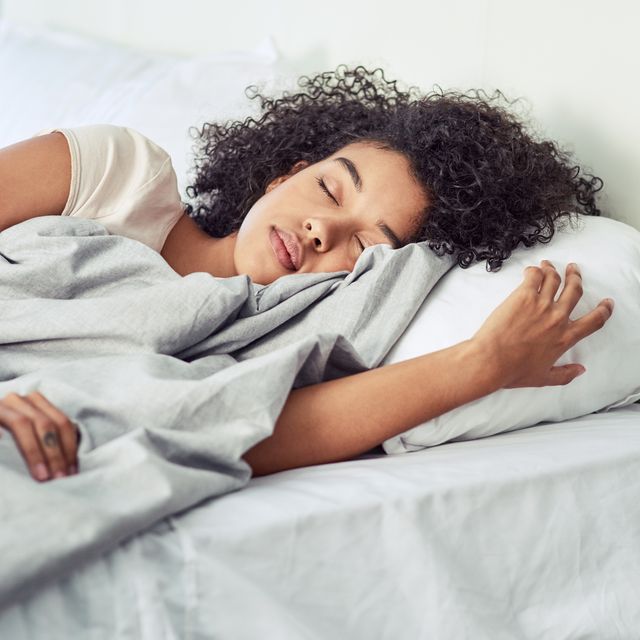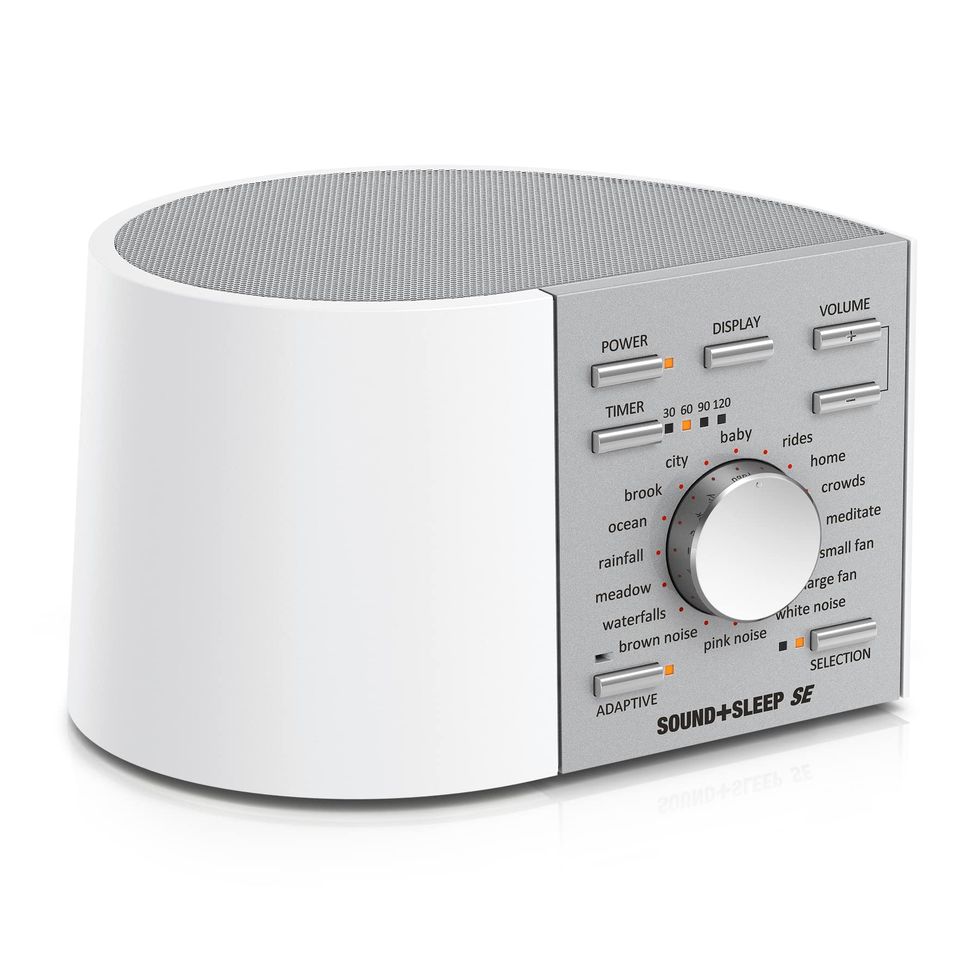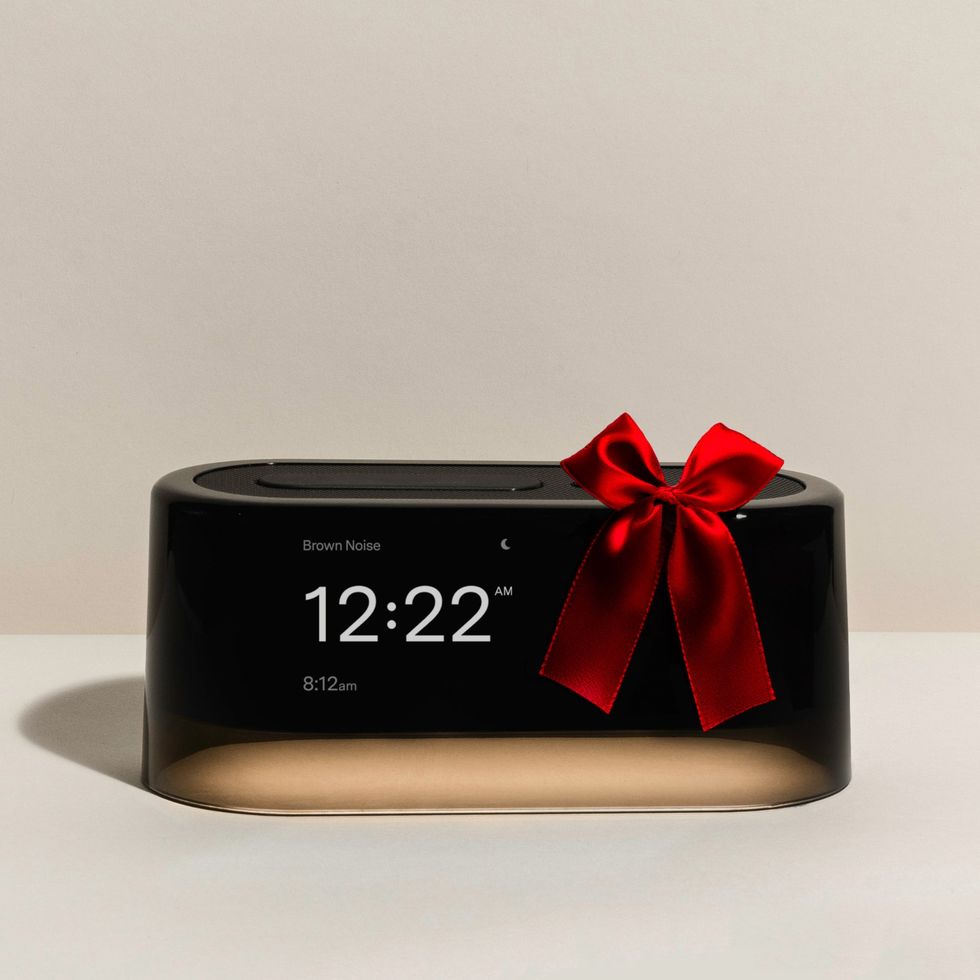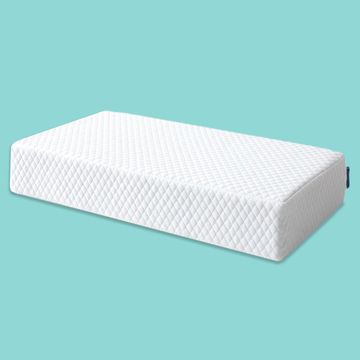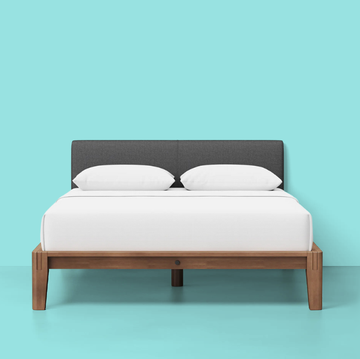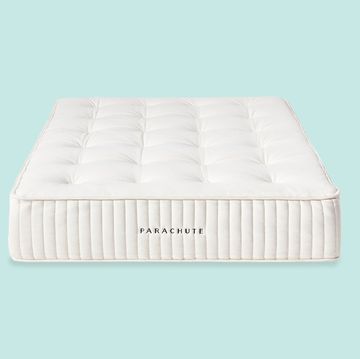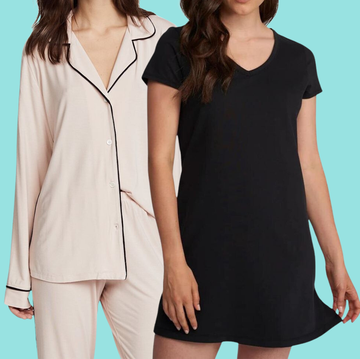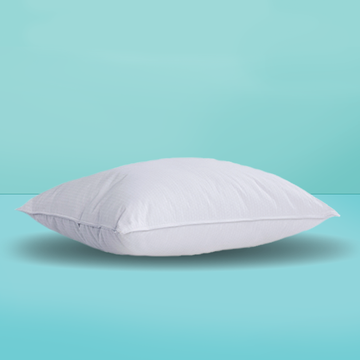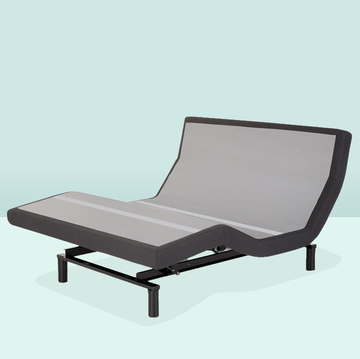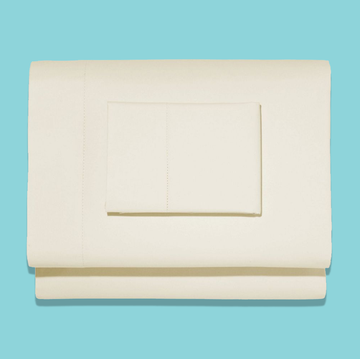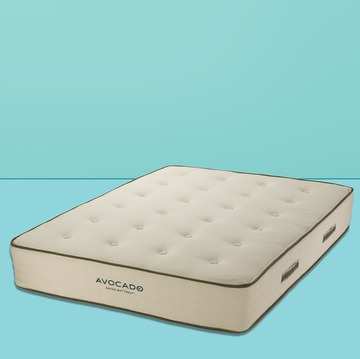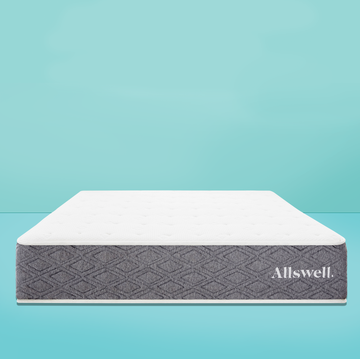You probably know about white noise, or have seen one of those humming machines outside a therapist's office, or even bought one to drown out loud people in your house so you can hear yourself think. But white noise isn’t the only “color” of noise that is being employed to improve quality of life in various ways.
Each color of the rainbow (you know, violet on over to red) looks different to us because they have different wavelengths, frequencies and energy. And if you painted your eyes, nails and hair black or picked a happy color to brighten your kitchen, you’ve grokked that colors can influence how you feel (and reflect it, too).
Sounds, too, have these same types of differences. “As sound is not visible, using the color spectrum is a more concrete analogy for these noise colors,” says clinical audiologist Amy Sarow, Au.D. “White, pink and brown noise contain different amounts of energy across all frequencies [and] function in unique ways to influence our mental states.”
In other words, assigning colors to different types of sound is a way to identify and categorize them. And each “shade” of noise offers its own approach to dealing with background noise and other auditory distractions.
How shades of noise can help you sleep
Anxiety, stress and the general chaos of life can keep you up at night (like you really needed to us to tell you that!). Between your own racing brain, street sounds or a noisy bedmate, letting go so you can drift off is a challenge. Between 10 and 30% of adults suffer from insomnia, according to the National Sleep Foundation, and many more have the occasional bad night.
“The brain is constantly bombarded with external stimuli, which can make it difficult to relax and fall asleep,” Dr. Sarow says. “By listening to a consistent sound like white, pink, or brown noise, the brain can tune out other noises and focus on the soothing sounds, helping the listener to relax and fall asleep.”
Which type of noise is best?
If you’re having trouble choosing between white, pink, or brown noise, keep in mind that you’re not committing to a coat of paint for your living room. You can easily alternate between the sounds that work for you, depending on the night.
“In terms of choosing the best noise color, it depends on the specific sleep issues or desired experience,” advises Borson. If it’s unwanted noise that’s keeping you up, you may want to opt for white noise to quiet things down; but “when it comes to using noise colors for sleep, pink noise can promote relaxation and deeper, more restful sleep,” Borson says. “Brown noise, with its deep and soothing sound, can help lower stress levels and create a calming environment for sleep.”
And don’t hesitate to pair your chosen color of sound with another sleep-promoting technique. “We usually tell patients to test multiple sounds and find which one they prefer and pair that sound with relaxation techniques, breathing exercises, sleeping therapy and mindfulness,” says New York-based audiologist Ruth Reisman-Aguilar, Au.D.
How to find your noise
Of course, there are a bunch of apps for noise shades: The Noise Machine app lets you choose between different colors, as does Simply Noise.
There’s also videos on YouTube that will play the sound of your choice for up to eight hours straight, as well as noise machines (and combo noise-machine alarm clocks, like the Loftie) that allow you to alternate between colors depending on your needs.
Luisa Colón is a Brooklyn-based writer whose work has appeared in The New York Times, Family Circle, USA Today and many other print and online publications. Her first novel, Bad Moon Rising, will be released in August 2023.
